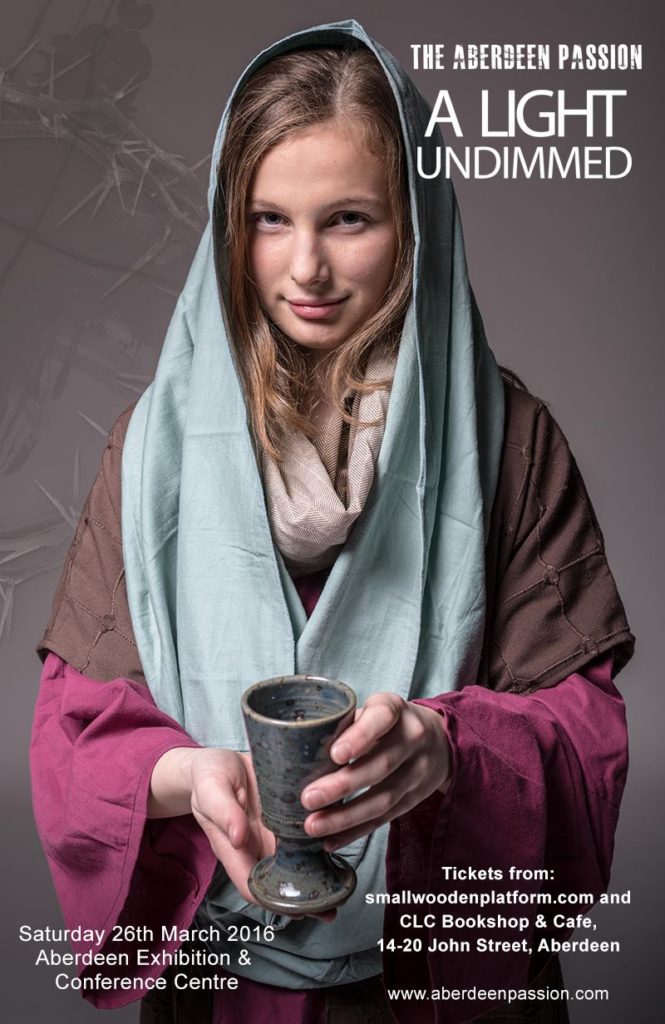What to eat at Easter?
Easter in the UK is celebrated by a long-weekend from Good Friday to Easter Monday. School children also enjoy a two week holiday on either side of Easter and it is a time for celebrating the death and resurrection of Jesus Christ. Foods that are eaten at Easter have particular meaning associated with resurrection, new life and fresh starts. They are also treats that are not eaten during the long 40-day fast known as Lent which ends on Easter Sunday!

Eggs
Eggs have long been associated with Easter because they symbolise new life and a fresh start. Throughout the 40 days of fasting for Lent it was not permitted to eat eggs, meat and dairy, so when Easter came it was a great treat to eat eggs again.
The egg’s empty shell also symbolises Jesus’ empty tomb, so hollow chocolate eggs are very popular at Easter. JS Fry & Sons in Bristol produced a chocolate Easter Egg in Great Britain in 1873 and by 1875 Cadbury was making their first Easter eggs.
Decorating Easter eggs is a long tradition in many countries. Here are some ideas for children this Easter. Easter egg games are also popular for children. An Easter egg relay race is a great way to keep kids active and happy after decorating and eating so many eggs!
Hot Cross Buns
These spiced fruit buns are very popular and they are marked with the cross for Easter. It is thought they were first made in the twelfth century in St Albans by a monk who distributed to the poor on Good Friday. These hot cross buns were often the first food people ate after breaking the fasting period of Lent that lasted for the full forty days before Easter.
In the late 16th century Elizabeth I forbade the sale of hot cross buns at any time other than on Good Friday and Christmas, and if a person was caught baking them at any other time, they were forced to give all their buns to the poor!
Today there are many new varieties of hot cross buns and if you are feeling adventurous you can try them flavoured with lemon or chocolate or orange-mocha!
Roast Lamb
The ancient Jewish festival celebrating the Passover and their exodus from slavery in Egypt centered around a meal of roast lamb because this is what they ate prior to the journey out of slavery. Jesus ate the Passover meal with his disciples before his death and the Passover lamb came to symbolise the journey out of slavery and death. Jesus became the Passover lamb who died in order that we could be taken out of sin and into a new life of freedom.
The British Chefs have many variations on roast lamb which has is firmly entrenched as the traditional Easter meal.
Carrot Cake
This is a bit controversial! Some people love to have a carrot cake at Easter, often decorated with cream cheese frosting, but a more traditional cake is the simnel cake which is often decorated with marzipan balls on top (eleven marzipan balls to symbolise the disciples minus Judas who betrayed Jesus). Both cakes are full of spices – carrot cakes have mixed spices and cinnamon, while simnel cakes are packed with dried fruit and mixed spices.
Delia Smith has a good recipe for a rich fruit simnel cake which includes lumps of marzipan stirred into the mixture that melts and combines with all the other flavours during cooking.
You can also find her ultimate carrot cake which can also make six large or twelve small cup cakes here.

